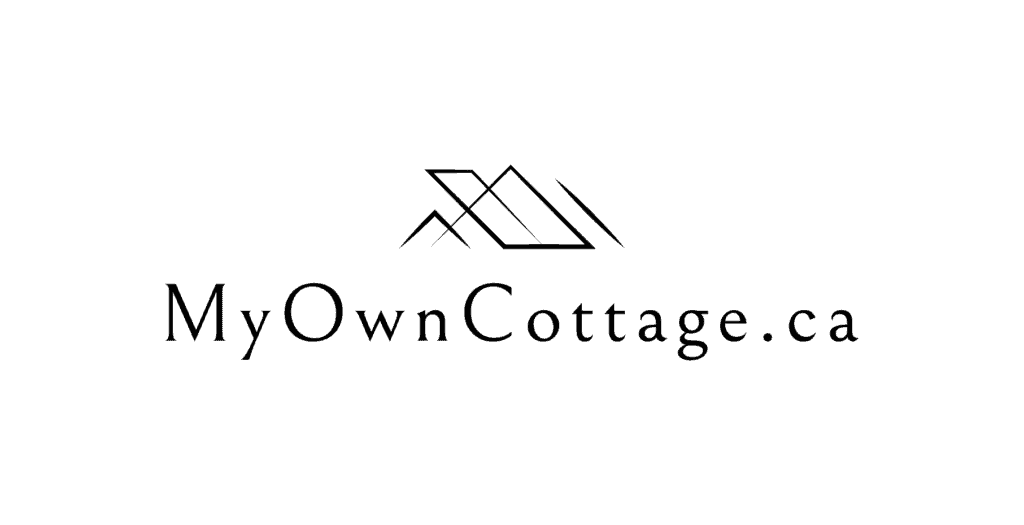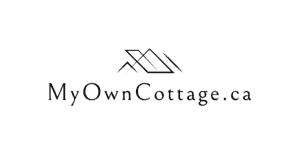Prefab Homes Cost Comparison with Traditional Homes
Delve into a comprehensive prefab homes cost comparison with traditional homes in Canada.
Learn about initial construction costs, long-term savings, energy efficiency, and financing options for your dream home.
Explore affordable and customizable sustainable living solutions today.
Home » Prefab Homes Cost Comparison with Traditional Homes
A Deep Dive into Prefab Homes vs. Traditional Homes
As homebuyers search for new ways to build their dream homes, Canadian prefab homes are becoming an increasingly attractive option.
There is a rapidly growing interest in energy efficiency, sustainability, and cost-effectiveness.
In these areas, prefab homes offer a compelling alternative to traditional site-built houses.
Prefab Homes vs. Traditional Site-Built Homes in Canada
In this article, we’ll explore a detailed cost comparison between prefab homes and traditional homes in Canada.
We’ll be covering initial construction costs, long-term savings, and financing options.
1. Initial Construction Costs
When it comes to the cost of building a home, the initial construction price is often the most significant factor to consider.
To contrast, the steps in the prefab home construction process are straightforward, more affordable and efficient, making it a stress-free experience for homeowners.
Costs of Prefab Homes vs. Traditional Homes
Prefab homes generally offer a more affordable option compared to traditional site-built homes.
On average, the cost per square foot (sq. ft) for a prefab home can be 10-40% lower than that of a conventional house.
This is due to the more efficient building process and the use of modular construction methods.
These processes streamline both materials procurement and assembly.
Modular Construction & Faster Build Times
One of the key advantages of prefab homes is the modular construction process.
Modular homes are manufactured in a controlled environment, allowing for faster construction.
This significantly reduces labor costs and the potential for delays caused by weather, common in traditional construction.
Additionally, prefab homes are often designed with flexibility in mind.
This means that homebuyers can choose from a variety of floor plans and custom designs while keeping costs manageable.
Site Preparation and Foundation
Both prefab and traditional homes require site preparation and foundation work, which contribute to overall costs.
However, prefab homes can reduce these costs because much of the building is completed off-site.
Prefabrication also ensures less disruption during the foundation phase, which can greatly assist construction planning and scheduling efforts.
Additionally, prefab homes are often easier to install in remote locations.
This is making them a cost-effective solution for those living in rural areas of British Columbia, Alberta, or Nova Scotia.
2. Long-Term Savings
While the initial cost is an important consideration, long-term savings can also significantly influence your decision.
Prefab homes excel in this area, offering a range of benefits that contribute to lower costs over time.
In fact, the demand for prefab homes in Canada is on the rise, as buyers seek affordability and better value on their biggest investment.
Energy Efficiency
Prefab homes are typically more energy-efficient than traditional houses.
The energy efficiency of a prefab home comes from superior insulation, tight construction, and the use of energy-saving materials.
Many prefab homes are built to Passive House standards, which ensure optimal energy performance.
These homes use significantly less energy for heating and cooling, leading to lower utility bills year after year.
In comparison, traditional homes often require more energy to maintain a comfortable temperature.
Due to less stringent construction methods and less focus on energy efficiency, homeowners with traditional homes may face higher ongoing energy costs.
Low Maintenance
Prefab homes are built in a controlled environment, ensuring higher levels of quality control.
The result is a more durable structure that requires less maintenance than a traditional home.
The use of high-quality materials and advanced building methods contributes to fewer issues with wear and tear.
This significantly reduces the need for costly repairs down the road.
Traditional homes, by contrast, often experience higher maintenance costs.
Unfortunately, this is due to the variability of on-site construction quality and exposure to the elements during the building process.
In addition, traditional homes are more likely to require extensive upkeep, especially if energy efficiency was not prioritized during construction.
3. Financing Options
For many homebuyers, financing plays a crucial role in the decision-making process.
Prefab homes can offer more accessible and affordable financing options compared to traditional homes.
Loans for Prefab Homes vs. Traditional Homes
In Canada, securing a loan for a custom prefab home is increasingly easier as the popularity of modular housing continues to rise.
Financial institutions have started recognizing the advantages of prefab homes, including their faster construction times and lower overall costs.
Furthermore, many lenders offer specialized green loans or sustainable home financing options for those building energy-efficient homes.
This can lower your interest rates and make homeownership even more affordable.
Traditional Home Financing
Traditional site-built homes often come with higher upfront costs.
Obtaining financing can also be more difficult due to the higher risks and longer construction timelines associated with these types of projects.
Traditional homes also often require a larger down payment, and the financing process can be more complex and time-consuming.
Prefab homes, by contrast, can often be financed more easily due to their lower cost and faster time to completion.
Many homebuyers find that they can secure favorable loan terms for their prefabricated home packages.
Naturally, this is making the overall financial commitment more manageable.
4. Sustainability and Environmental Impact
An increasing number of Canadian homebuyers are seeking sustainable homes that not only provide energy efficiency but also minimize environmental impact.
Prefabricated homes offer several key benefits in this area.
The Green Advantage & Less Waste in Construction
The manufacturing process for prefab homes takes place in a controlled environment, which significantly reduces material waste.
In traditional construction, excess waste is often generated during the on-site build.
This is leading to higher disposal costs and a larger carbon footprint.
Prefab homes, with their efficient assembly lines and precision manufacturing, are designed to minimize waste.
This is making them an environmentally friendly choice for eco-conscious homebuyers.
Sustainable Design and Materials
Many prefab homes utilize sustainable materials like steel structures and energy-efficient insulation.
This is reducing the environmental footprint of construction.
Prefabricated homes can also be designed with the use of renewable energy systems, such as solar panels, further decreasing long-term environmental impact.
5. Why Choose a Prefab Home?
Prefab homes are an attractive option for homebuyers looking for a high-quality, modern design that is both cost-effective and energy-efficient.
Whether you are building a family home in the heart of New Brunswick, looking for a stylish modern modular home, or considering a custom home.
Even in the more remote regions of Alberta or Saskatchewan, prefab homes offer a range of benefits.
With customization options available, prefab homes can be tailored to fit your specific needs and style preferences.
From large living rooms to custom full bathrooms, the design flexibility of prefab homes allows you to create your perfect home without breaking the bank.
6. The Right Choice for Your Dream Home
In conclusion, prefab homes provide a compelling alternative to traditional site-built homes in Canada.
The combination of lower initial costs, long-term energy savings, and easier financing options make prefab homes an attractive choice for many homebuyers.
Whether you’re drawn to their modern design, energy efficiency, or customizable options.
Prefab homes offer a high-quality, sustainable, and cost-effective solution for building your dream home.
If you’re ready to explore your options, consider reaching out to a trusted prefab home provider, such as My Own Cottage, to start designing your new home today.
Simply fill out the form below and we’ll get back to you as soon as we can!

